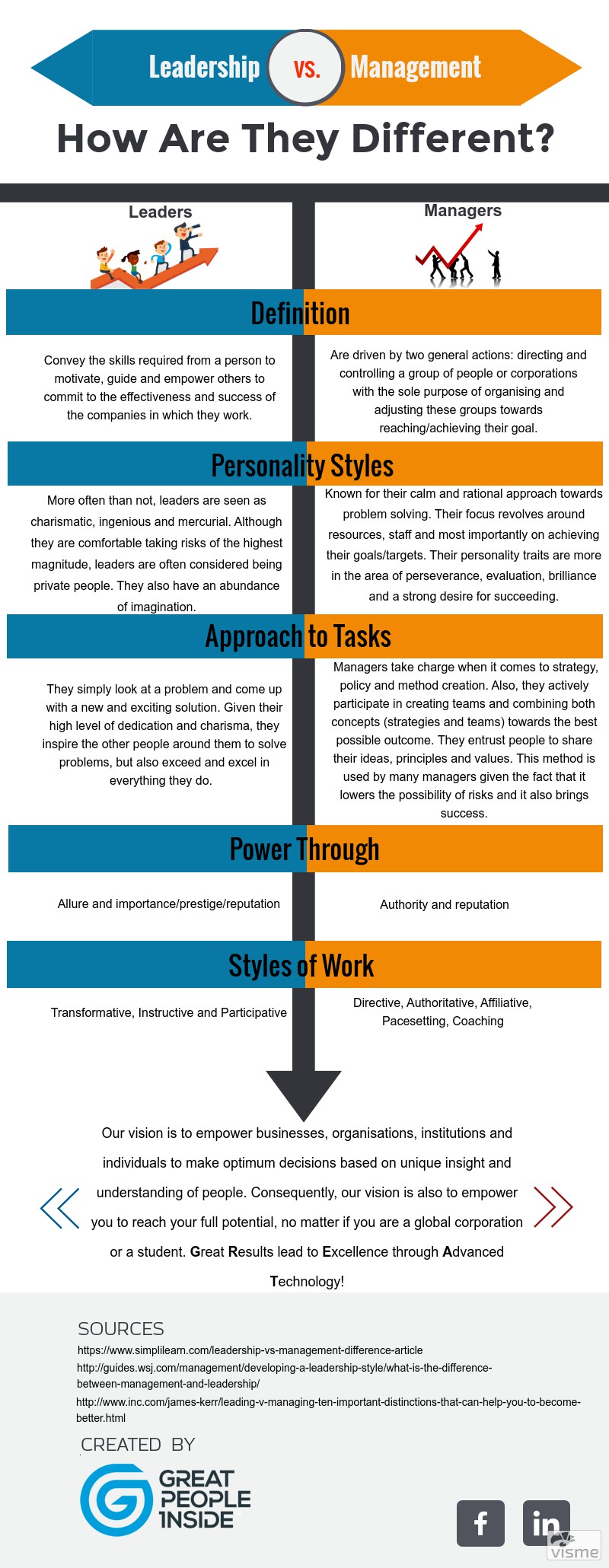Being a Great Leader: the fine line between Confidence and Skepticism
You’ve probably heard, over and over again, about the importance of self-confidence for a leader. Confidence gives you charisma. It makes people follow you. It makes friends trust you and enemies fear you.
It’s pretty hard to imagine Caesar or Napoleon telling their people “Well, we could try this, but I don’t guarantee that it’ll work.” So why should you, if you aspire to become a great leader?
But let’s leave confidence aside for a minute. There’s another element which most leaders of today are lacking. Have you ever had a boss who thought he knew all the answers to every question? Who never admitted he was wrong or, even more, that idea didn’t even cross his mind? Of course you did. In one word, do you know what that guy was missing? It was skepticism. Will all the praise of confidence and self-esteem, almost everyone forgot the importance of a certain dose of self-doubt.
Being a little skeptical about your own opinions is such an important factor these days. While everyone has an opinion (and everyone thinks that their opinion is the right one), those who can be skeptical about their own beliefs have a great advantage: when a problem arises they won’t take anything as given, but they will try to make up their mind, starting from zero, about what would be the best solution. That includes asking every employee’s opinion on the subject matter, because the skeptic knows that he is just a human being, fallible like any other. From this type of behaviour, two big advantages emerge: the employees will appreciate their leader for respecting them and the final solution to the problem will have a much, much higher chance of being the right one.
Well, but it seems pretty impossible to be skeptical and confident at the same time, right? Indeed, but that might not be needed. Here’s my piece of advice: whenever a problem arises, adopt this two-step approach in solving it:
Step 1– Total skepticism.
Do not take anything for granted. Search the internet for similar problems that other companies had and look at how they’ve handled them. Take notes. Now take what you’ve learned about it and present the information to your employees. If possible, ask each and every one of them how would they handle this. Finally, make a decision based on all of their insight.
Step 2 – Total confidence.
Once you’ve made that decision, stick with it until the end. At this point, you know you’ve done your best, so there’s no reason to be insecure. Your people also have to feel they they are going in the right path, so make sure you radiate confidence. Act like nothing can stop you and your people anymore from reaching your objectives.
Doesn’t look so hard anymore, does it? And while this two-step approach is meant specifically for leaders, it can be a great idea to use the same pattern in making any kinds of decisions, the results will be great nevertheless.
Great People Inside provides easy-to-use tools and processes to attract, assess, match, select, onboard, manage, develop, benchmark and maintain workforces anywhere in the world.
Finding the right talent, the best fit for the job and your organisation can be a very challenging task. It requires deep knowledge of your own organisation’s culture and a keen understanding of the candidate’s personality, strengths, interests, work style and other characteristics. Our technology and solutions will do the work for you, helping you find employees who can flourish and reach the highest performance required to constantly bring your company forward.
Request a free demo:




